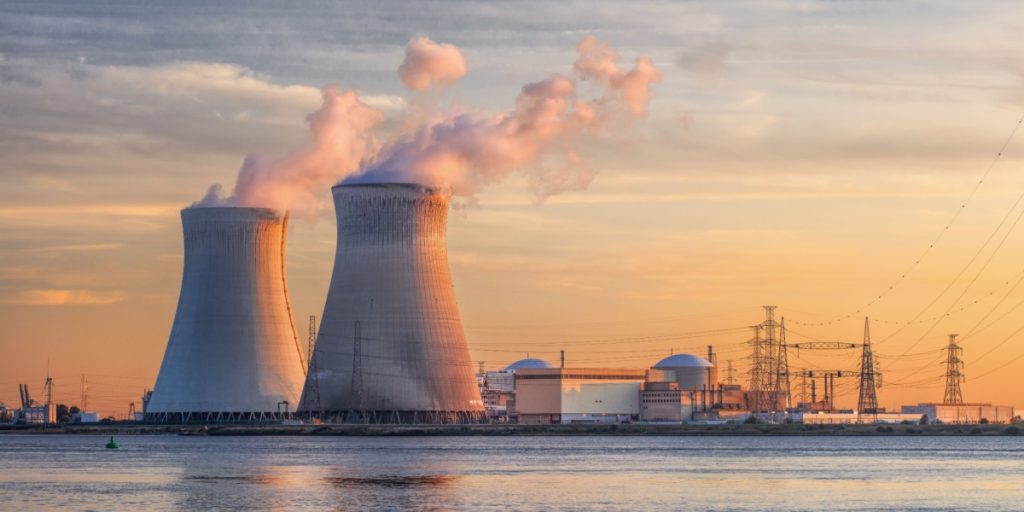As Europe sets its sights on expanding nuclear power to meet 2050 energy goals, financial and technological hurdles loom large, presenting a complex landscape for the future of clean energy.
Others are reading now
As Europe charts its course towards a sustainable energy future, the continent’s commitment to nuclear power has come under the spotlight. A coalition of 14 pro-nuclear EU member states has put forward a bold proposition: the addition of 50 GW of nuclear capacity by 2050 to meet energy transition targets. This ambitious goal would necessitate the construction of over 30 new reactors, which comes with a hefty price tag and a host of challenges.
The Price Tag of Progress
The cost of this nuclear augmentation is estimated to range from €5 to €11 billion per GW, a range that “shows a great deal of uncertainty and a big difference in the assumptions”, energy economist Professor Jaques Percebois told Euractiv.
The Levelised Cost of Energy (LCOE) offers a comprehensive view of the costs associated with nuclear power, which encompasses the total cost of generating power, including construction, operation, and fuel costs.
Yet, a significant portion of the debate focuses on the upfront investment needed to build new plants. According to Percebois, investment costs account for approximately 70% of a new reactor’s expense, with operation and fuel costs each representing about 15%.
Also read
Financing the Nuclear Ambition
Financing these colossal projects is a multifaceted endeavor, with options ranging from equity and borrowing to public subsidies.
Alternative approaches, such as cooperative investments by large industrial electricity consumers, offer intriguing but limited prospects. Borrowing emerges as the principal channel for funding, albeit with substantial interest costs. Reducing these costs hinges on maximizing public subsidies and leveraging publicly-backed equity.
The Regulatory and Supportive Framework
EU State aid rules present a navigational challenge for countries aspiring to subsidize nuclear plant construction. There is also a growing call among member states for access to European funds or the creation of dedicated financial instruments to support nuclear power.
The role of entities like the European Investment Bank (EIB) becomes pivotal, offering low-interest financing that signals confidence to other investors.
The Impact of Power Production Rates and Technology Choices
A plant’s projected electricity production rate significantly influences its operating costs. In France, differing estimates between the Energy Regulation Commission and EDF underscore the challenge of forecasting nuclear power’s production potential.
The choice of reactor technology plays a critical role, with the complexity and scale of large reactors often leading to delays and cost overruns. Conversely, proponents of small modular reactors (SMRs) argue for the cost benefits of serial production, suggesting that economies of scale could render SMRs more economically viable.


